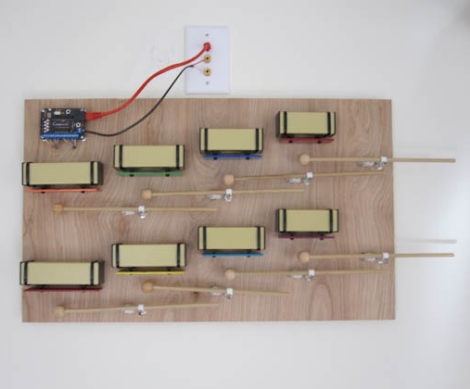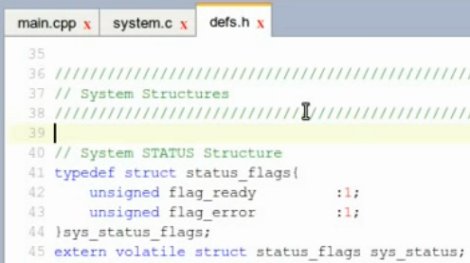
[Adrian Onsen] keeps making improvements on his auto-focus assist hack for DSLR cameras. The module seen above is version 3.0, which makes a few changes to the previous hardware and also presents a much more finished look.
With version 2 [Adrian] was using a defocused laser to illuminate dark subjects so the DSLR auto-focus could be used. It worked, but wasn’t really ideal. This time around he’s swapped out the laser diode for an autofocus assist lamp salvaged from a Canon 550EX he picked up ‘as is’ on eBay. It is mounted on the front of his project enclosure, using two alkaline batteries for power. It sounds like [Adrian] is struggling a bit with his circuit design. He want’s to make it work with either alkaline or rechargeable AA batteries (just two, down the from four AAAs used in version 2) but so far the rechargeable are a no-go. They power the circuit, but must not put out enough light for the sensor to work.
Future plans include getting rid of the external cords by adding a hot shoe connector.


















